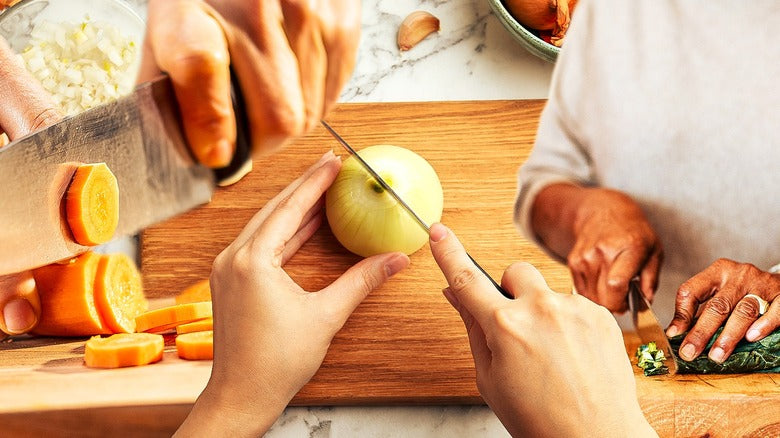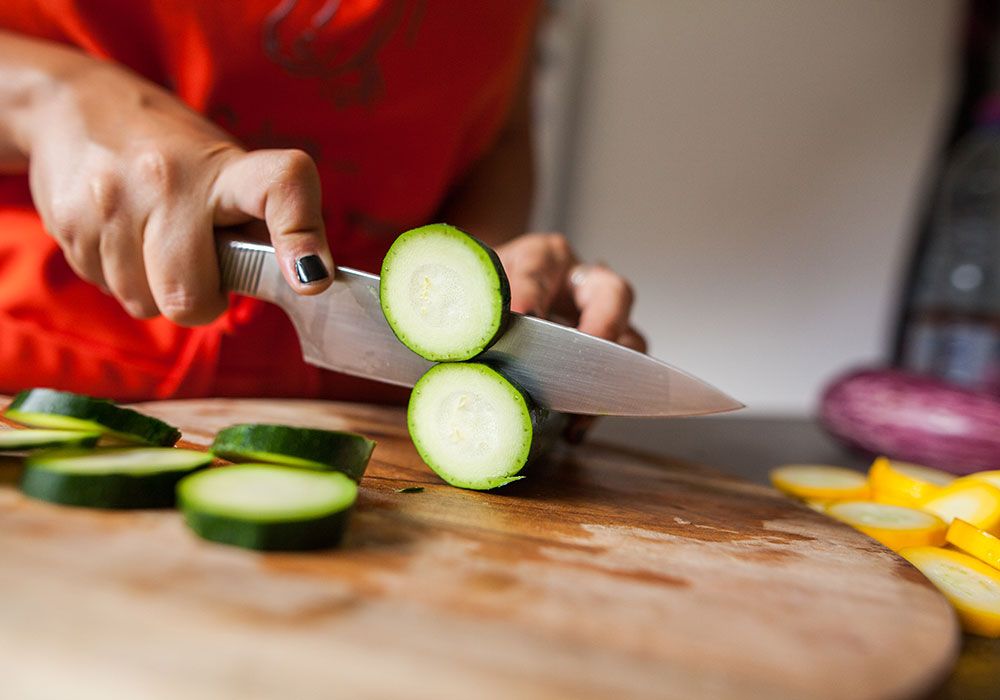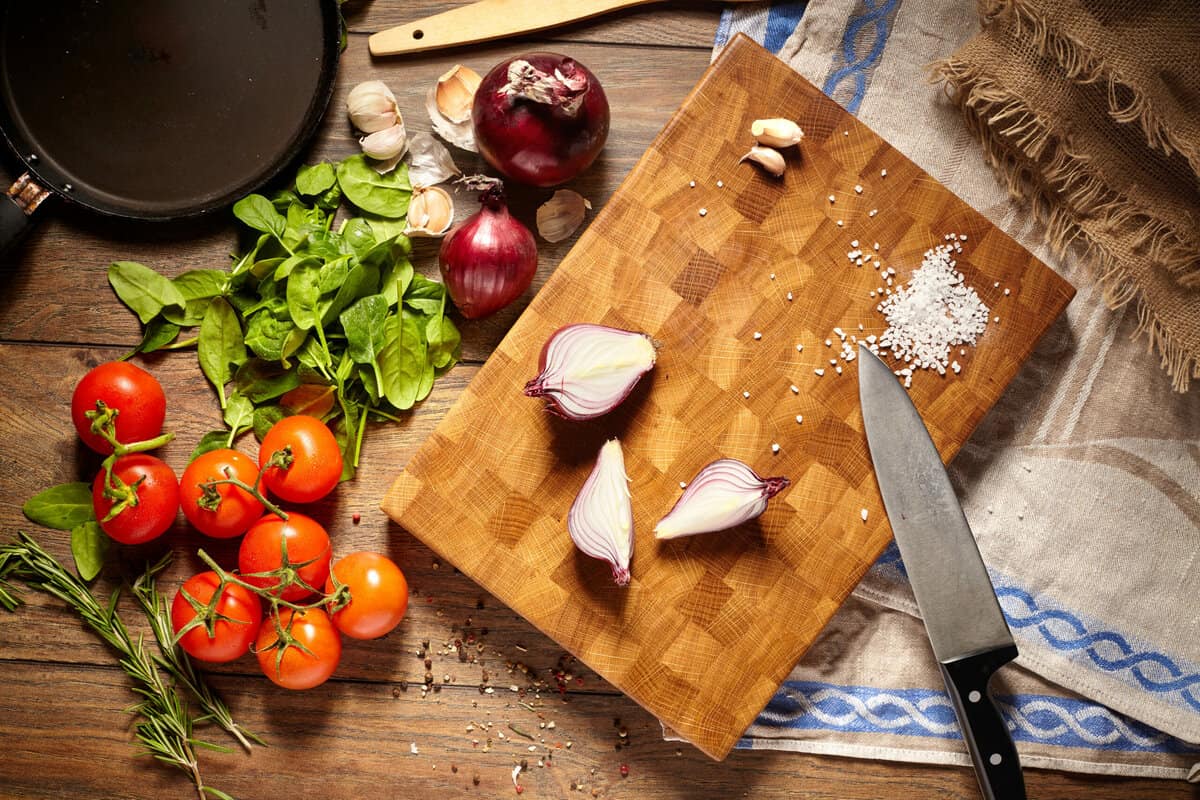Whether you're a professional chef or an enthusiastic home cook, a cutting board is an indispensable tool in the kitchen. Over time, however, wooden cutting boards can warp due to moisture, improper cleaning, or fluctuations in temperature. Learning how to flatten cutting board is crucial for safety, efficiency, and maintaining the boards longevity. If your cherished cutting board has become uneven, dont rush to replace it just yet. With some simple tips and techniques, you can restore it to its original flat surface.
Want to learn more about the benefits of wood cutting boards? Read this insightful article over on Southern Living.

Why Flattening a Cutting Board Matters
A warped cutting board is not just inconvenient; it's unsafe. Uneven surfaces can cause knives to slip, increasing the risk of accidents. Additionally, a bowed cutting board can create hygiene issues, as moisture and food particles can settle in the gaps caused by the warp. By understanding how to flatten cutting board, kitchen professionals can ensure a safer and more productive cooking experience.
Tools and Materials Youll Need
Tackling a warped cutting board requires some basic tools and materials. Here's what youll need:
- Sandpaper (80-grit for removing warps and 220-grit for finishing)
- A belt sander or orbital sander (optional but highly effective)
- A clamp or heavy weights to apply pressure
- Warm water and clean towels
- Mineral oil for conditioning
Most of these items are likely already available in a professional kitchen or woodworking setup.
Step-by-Step Guide on How to Flatten Cutting Board
Step 1: Identify the Problem
Before you can fix your cutting board, first identify the extent of the warp. Place the board on a flat surface, such as a countertop, to observe how much it rocks back and forth.
Step 2: Hydrate the Wood
One common reason for warping is the uneven absorption of moisture. Soak a clean towel in warm water, wring it out, and cover the bowed sides of the board. Let it sit for 2-4 hours. This process helps soften the fibers of the wood, making it easier to flatten.
Note: Avoid soaking your cutting board in water entirely, as this can lead to further warping and even cracking.
Step 3: Apply Pressure
Once the wood is sufficiently hydrated, place the cutting board on a flat surface. Use clamps or heavy objects to apply even pressure across the board's surface. Let it sit overnight or for at least 12 hours to achieve the best results.
Step 4: Smooth the Surface
After the board has been flattened, use sandpaper (starting with 80-grit) to smooth down any rough surfaces. Follow this with 220-grit sandpaper for a polished finish. A belt sander or orbital sander can make this process faster and more efficient.
Step 5: Condition the Wood
Once your cutting board is flat and smooth, apply a generous amount of food-grade mineral oil to condition the wood. This not only enhances its appearance but also provides a protective layer, preventing future warping.
For more detailed insights on maintaining cutting boards, check this guide on How to Protect Cutting Board.
Pro Tips for Preventing Warp
Prevention is always better than cure. Here are some professional tips to prevent your cutting board from warping in the future:
- Avoid prolonged exposure to water. Rinse and dry the board immediately after use.
- Store your cutting board in an upright position to allow even airflow on all sides.
- Regularly oil your board with food-grade mineral oil to keep it conditioned and less prone to absorbing moisture.
Need more advice on cutting board maintenance? Check out this article on How to Clean a Cutting Board.
FAQs About Flattening Cutting Boards
1. Can I flatten a plastic cutting board?
Yes, but the process is different. Heat (such as from boiling water) can help reshape plastic cutting boards. For more tips, read the guide on How to Fix Plastic Cutting Boards.
2. How often should I oil my cutting board?
Oiling your cutting board once a month is sufficient for regular use. However, high-volume kitchens may need to oil their boards more frequently.
3. What type of wood is less likely to warp?
Woods like maple, walnut, and cherry are known for their durability and resistance to warping when properly cared for.
For expert recommendations on wood vs. plastic cutting boards, visit Made In Cookware.

Conclusion
Learning how to flatten cutting board is a valuable skill for any kitchen professional. By following the steps outlined above, you can restore your cutting board to its original, functional state. Remember, proper care and maintenance are essential to ensure your board remains flat, safe, and long-lasting. Whether youre slicing vegetables or carving meat, a flat cutting board makes all the difference in the kitchen.
Ready to optimize your cutting board care routine? Explore more helpful articles on our blog, like How to Glue a Cutting Board.
This article contains affiliate links. We may earn a commission at no extra cost to you.






Leave a comment
This site is protected by hCaptcha and the hCaptcha Privacy Policy and Terms of Service apply.